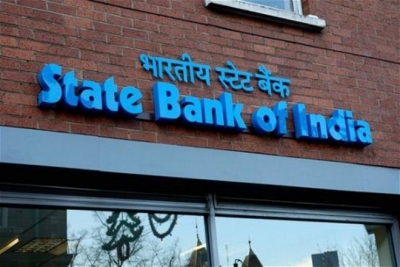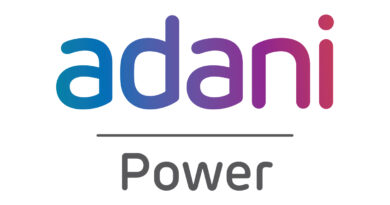For every rupee depreciation, software exports increase by $250 mn: SBI Chief Economic Advisor
Chennai, Nov 10 : India’s software export revenue and remittances act as a strong counter cyclical buffer against increase in current account deficit (CAD) due to hike in global oil prices and rupee depreciation, said the State Bank of India’s (SBI) Chief Economic Adviser.
In a research report Dr. Soumya Kanti Ghosh, Group Chief Economic Adviser, SBI, said for every rupee depreciation, software exports increase by $250 million.
Ghosh said contrary to the expectations, the Q1FY23 Balance of Payments (BOP) numbers have shown that a strong counter-cyclical buffer in the form of service exports and remittances.
For example, in Q1, India’s CAD was expected to breach $30 billion/3.8 per cent of gross domestic product (GDP), but the actual numbers came in at 2.8 per cent of GDP.
The positive surprise was because of strong remittances and software exports, the CAD got a lift of 60 basis points, Ghosh said.
“We expect that if such trends of strong remittances and software exports have continued (RBI data suggests software exports in Q2 was strong) in Q2, and India’s CAD comes in below the threshold level o f 3.5 per cent of GDP in Q2, the CAD for FY23 could still be closer to 3 per cent benchmark and not in excess of 3.5 per cent of GDP,” he added.
Also, forex reserves could jump by another $5 billion as swap transactions reverse and thus having a positive impact on rupee as is being currently witnessed, he noted.
To understand the factors that are impacting India’s CAD, Ghosh wor ked on the structural vector auto-regressions (SVAR) model.
With oil forming 30 per cent of India’s import bill, it has a major impact on macro-economic variables. An increase in oil import price impacts directly the trade deficit and consequently CAD gets widened.
That apart, it also results in inflation.
According to Ghosh, the SVAR model introduces a counter cyclical response to increased oil prices in the form of software service exports that is impacted positively because of a rupee depreciation.
“Although, remittances are positively impacted, we have not conside red them in our SVAR model because of data volatility.”
The results of the SVAR model clearly gives an idea of the negative impact of oil price shock on CAD, inflation and growth in one direction and the positive impact of software exports on CAD as a result of rupee depreciation.
In particular, a positive shock to oil prices leads to immediate and sharp increase in CAD, which dissipates completely in about eight quarters.
The trade deficit also increases up to two quarters after the initial positive oil price shock, he said.
“This implies that India’s trade deficit may already have b een adversely impacted for first half of the current fiscal because of the oil price shock,” Ghosh said.
In case of GDP, positive shock to oil prices leads to immediate decline, which however starts reversing after third quarter and completely dissipates after the seventh quarter.
“This implies that India’s first half GDP growth in FY23 co uld have been impacted because of oil price shock. Most interestingly, rupee dollar exchange rate also gets impacted and it depreciates slightly after increase in oil prices till three quarters following which it starts appreciating,” he said.
As a result, the rupee outlook is likely to improve in Q4 of FY23.
The impact of oil price on consumer price index (CPI) inflation will dissipates after four quarters and it means that the CPI inflation outlook for FY24 will be consistent with RBI’s forecast of 5 per cent.
Ghosh said India’s software exports are on the rise with the share of offsite mode of exports by Indian IT service companies increasing to 88.8 per cent in FY22 compared to 82.8 per cent five years ago.
Ghosh said a $10 increase in crude oil prices leads to increase of 40 bps in CAD, 50 bps in CPI and 23 bps decline in growth with software exports acting as counter cyclical buffer.
“The exchange rate pass through from variance decomposition method shows it is at least 10 per cent for CAD, inflation and growth, but significantly stronger at 35 per cent for software exports. For every rupee depreciation, software exports increase by $250 million,” Ghosh added.




